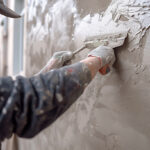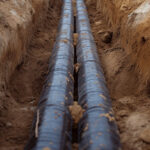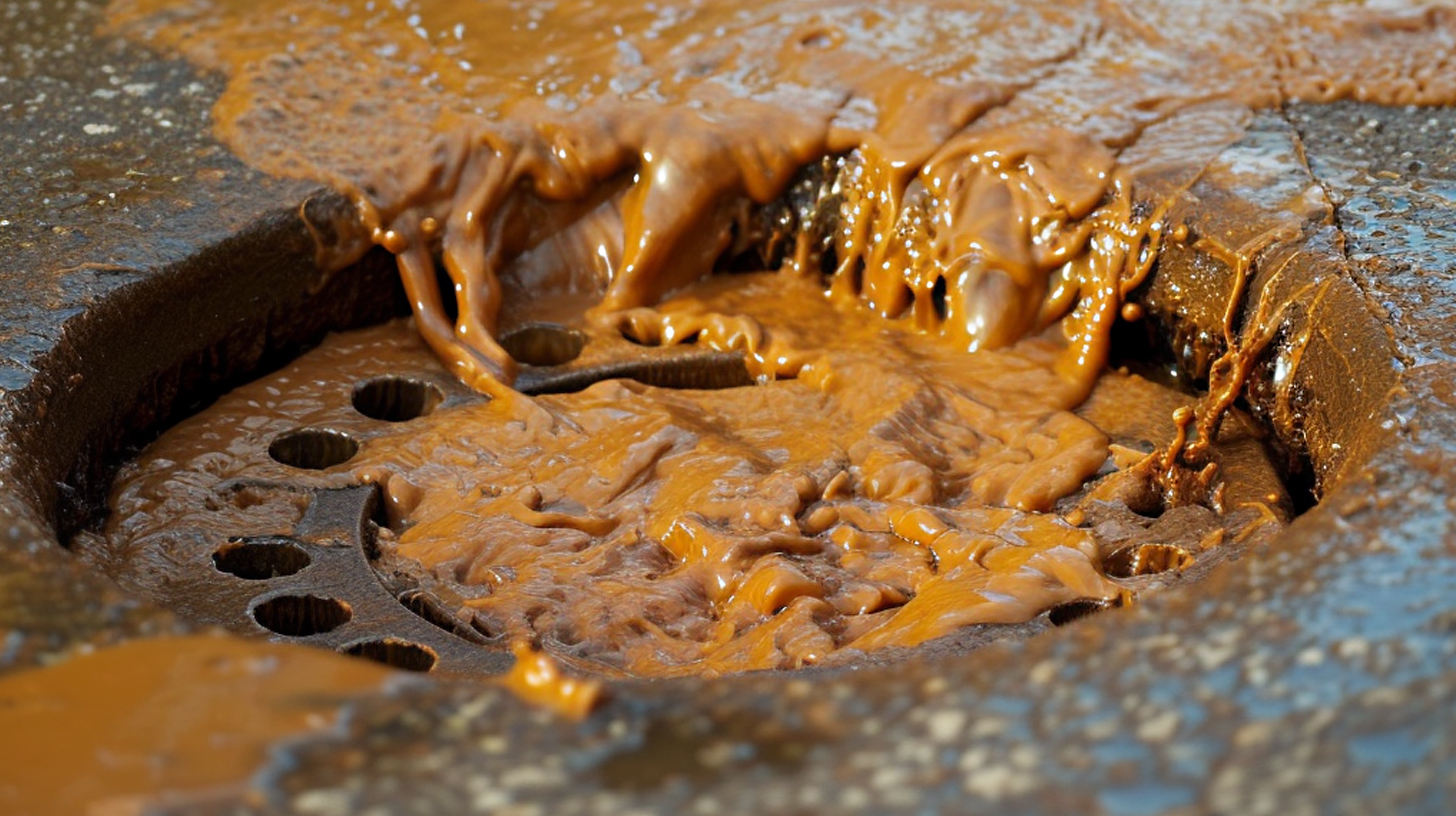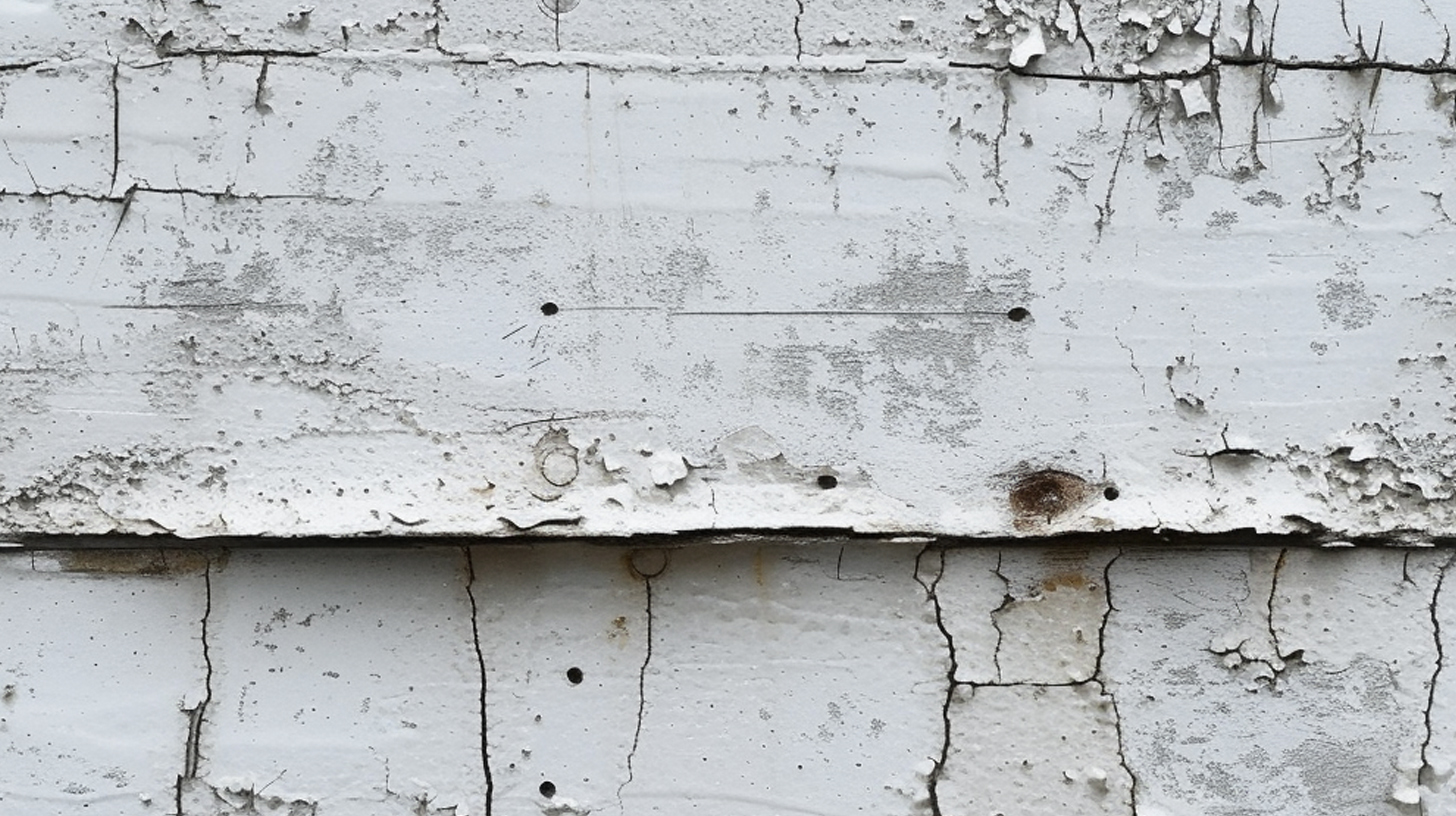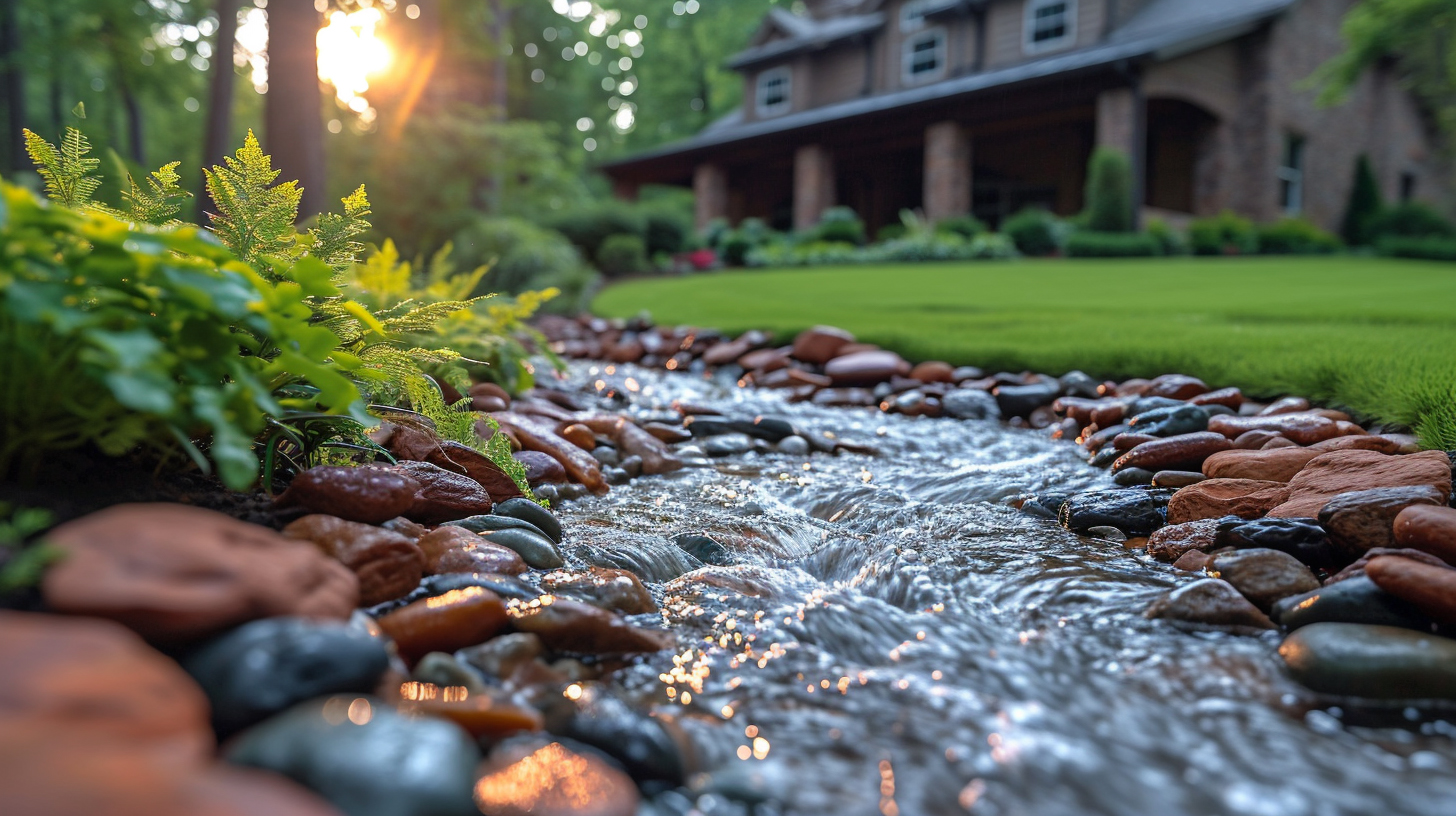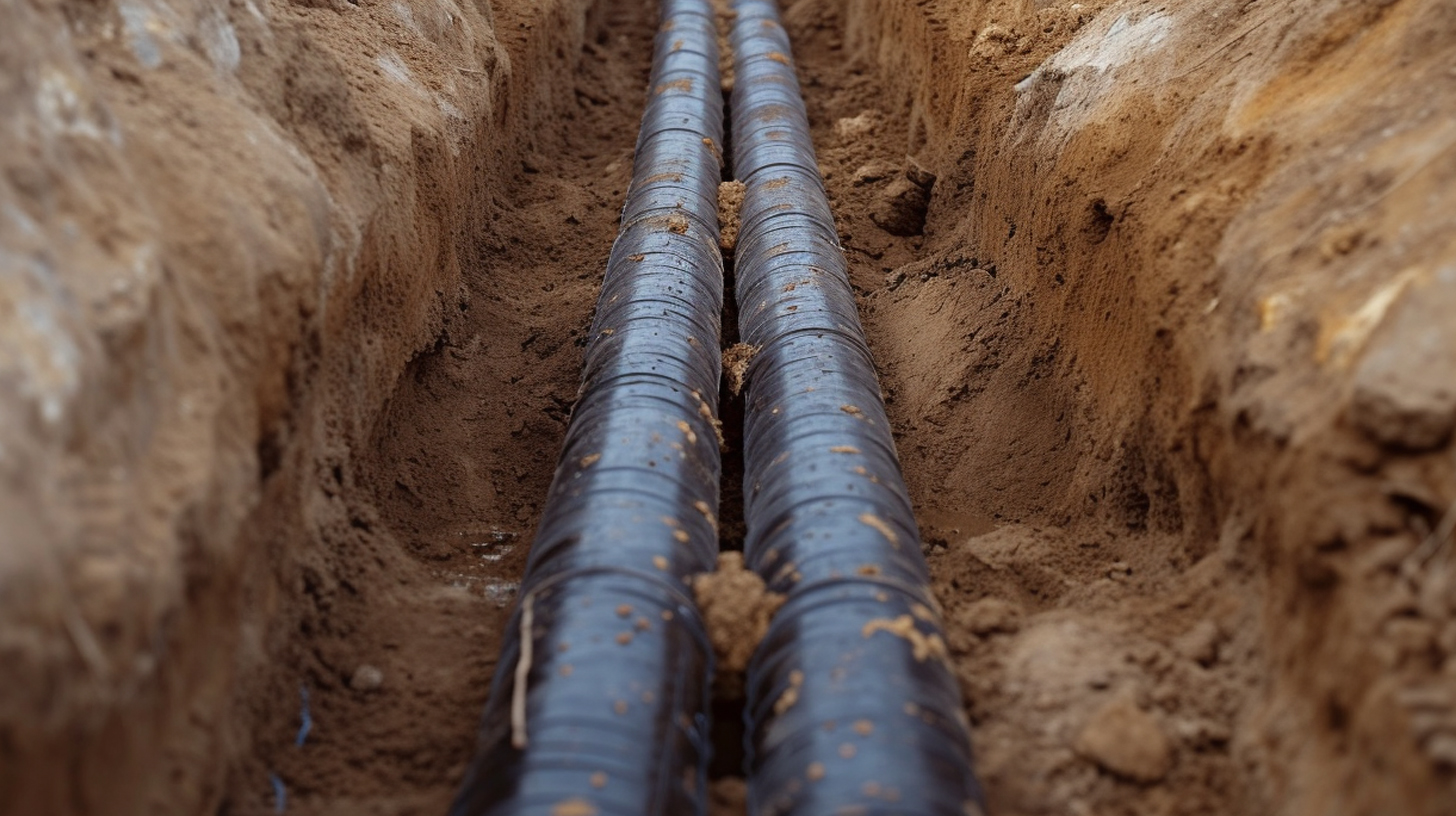Understanding Interior Basement Drainage Systems
Interior basement drainage systems are a crucial component of effective basement waterproofing and foundation protection. These systems are designed to manage water infiltration and prevent moisture-related issues in below-grade spaces. At its core, an interior drainage system consists of a network of channels or pipes installed along the perimeter of the basement floor, typically just below the surface.
The primary function of these systems is to intercept water that seeps through basement walls or rises from beneath the foundation. By collecting and redirecting this water, interior drainage systems play a vital role in maintaining a dry and healthy basement environment. This proactive approach to water management helps prevent common problems such as mold growth, structural damage, and the deterioration of stored items.
One of the key advantages of interior drainage systems is their ability to address water issues without extensive exterior excavation. This makes them an attractive option for existing homes where external waterproofing may be impractical or cost-prohibitive. Additionally, these systems can be customized to suit the specific needs of each basement, taking into account factors such as the severity of water intrusion and the overall layout of the space.
When properly installed and maintained, interior basement drainage systems provide long-term protection against water damage, contributing to the overall stability and value of a property. As part of a comprehensive waterproofing strategy, these systems work in tandem with other measures like sump pumps and dehumidifiers to create a dry, usable basement space.
Components of an Interior Basement Drainage System
An effective interior basement drainage system comprises several key components working together to keep your basement dry and protected from water damage. The perimeter drain, typically installed along the interior walls of the basement, collects water seeping through the foundation and directs it away from the living space. Drainage channels, often made of durable materials like PVC, guide the collected water towards the sump pump.
The sump pump, a crucial element of the system, is responsible for pumping the accumulated water out of the basement and away from the foundation. It’s usually housed in a sump pit, strategically placed at the lowest point of the basement floor. To enhance the system’s efficiency, weep holes are often drilled into the bottom of concrete block walls, allowing water trapped within the blocks to drain into the perimeter system.
A vapor barrier, typically a heavy-duty plastic sheeting, is installed along the walls to prevent moisture from seeping through and causing dampness or mold growth. This barrier works in conjunction with the other components to create a comprehensive moisture management solution for your basement.
By integrating these elements, an interior basement drainage system effectively manages water intrusion, helping to maintain a dry and healthy living environment in your home’s lower level.
How Interior Basement Drainage Systems Work
Interior basement drainage systems are an effective solution for managing moisture and water issues in basements. These systems work by collecting water that seeps through walls or floors and redirecting it away from the foundation. The process begins with the installation of a perforated pipe along the perimeter of the basement floor, which collects water as it enters the space.
This collected water is then channeled towards a sump pit, where a pumping mechanism is activated to expel the water from the home. The system also includes a vapor barrier on the walls, which helps direct water downwards into the drainage channel. By creating this pathway for water, interior drainage systems effectively relieve hydrostatic pressure that can build up around the foundation.
One of the key advantages of interior systems is their ability to address water issues without extensive exterior excavation. They can be installed with minimal disruption to the existing structure and landscaping. Additionally, these systems are designed to be low-maintenance and can often be integrated with existing waterproofing measures for comprehensive basement protection.
Benefits of Installing an Interior Basement Drainage System
Installing an interior basement drainage system offers numerous advantages for homeowners seeking to protect their property and enhance its value. One of the primary benefits is effective moisture control, which helps maintain a dry and comfortable living environment. By redirecting water away from the foundation, these systems significantly reduce the risk of water seepage and dampness, creating a healthier atmosphere throughout the home.
Mold prevention is another crucial advantage of interior basement drainage systems. By eliminating excess moisture, these systems create an inhospitable environment for mold growth, safeguarding both the structural integrity of your home and the health of its occupants. This proactive approach can save homeowners from costly mold remediation efforts in the future.
Flood protection is a key feature of these systems, providing peace of mind during heavy rainfall or snowmelt. By efficiently channeling water away from the basement, interior drainage systems minimize the risk of flooding and the subsequent damage to personal belongings and home infrastructure.
Finally, installing an interior basement drainage system can lead to increased property value. Potential buyers often view a well-protected basement as a significant selling point, recognizing the long-term benefits and reduced maintenance costs associated with effective water management. This investment not only improves your living conditions but also enhances the overall appeal and marketability of your property.
Common Issues Addressed by Interior Drainage Systems
Interior drainage systems are designed to address a variety of common issues that homeowners face in their basements and crawl spaces. One of the most prevalent problems is basement flooding, which can occur due to heavy rainfall, poor exterior grading, or groundwater pressure. Water seepage through foundation walls and floors is another frequent concern, often resulting from hydrostatic pressure or cracks in the foundation.
Foundation cracks themselves are a significant issue that interior drainage systems can help mitigate. These cracks not only allow water to enter but can also compromise the structural integrity of the building if left untreated. Persistent dampness is another problem that these systems tackle, as it can lead to mold growth, wood rot, and damage to stored items.
Musty odors are often a telltale sign of moisture issues in basements and crawl spaces. These unpleasant smells are typically caused by mold and mildew growth, which thrive in damp environments. By effectively managing moisture, interior drainage systems can help eliminate these odors and create a healthier living space.
By addressing these common issues, interior drainage systems play a crucial role in maintaining a dry, safe, and comfortable home environment, protecting both the structure and the health of its occupants.
Installation Process for Interior Basement Drainage Systems
The installation of an interior basement drainage system involves several crucial steps to ensure effective water management. The process begins with trench excavation along the perimeter of the basement floor, typically 8-12 inches wide and deep. This trench serves as the foundation for the drainage channel.
Next, a specialized perforated channel is placed within the trench. This channel is designed to collect water seeping through basement walls or rising from the ground beneath. The channel is carefully positioned to maintain a slight slope, directing water towards the sump pit.
The sump pit installation is a critical component of the system. A hole is excavated in the lowest part of the basement to house the sump pit, which collects water from the drainage channels. A sump pump is then installed within the pit to efficiently remove accumulated water from the basement.
Finally, the concrete restoration phase begins. The trench and sump pit area are filled with clean gravel to promote water flow. A new layer of concrete is then poured over the entire work area, seamlessly integrating the drainage system with the existing basement floor. This step not only restores the basement’s appearance but also seals the system, preventing debris from entering the channels.
Maintenance and Care for Your Interior Drainage System
Maintaining your interior drainage system is crucial for preventing water damage and ensuring your home remains dry. Regular inspections are the cornerstone of proper care, allowing you to catch potential issues before they become major problems. Begin by visually examining your basement or crawl space for signs of moisture, such as water stains, mold growth, or musty odors.
Cleaning procedures play a vital role in keeping your drainage system functioning optimally. Remove debris from drain covers and channels to prevent clogs. For perimeter drains, use a garden hose to flush out accumulated sediment, ensuring water flows freely.
Sump pump testing should be conducted at least twice a year, ideally before the rainy season. Pour water into the sump pit to activate the pump, verifying that it turns on and off properly. Check the float switch and backup battery if applicable.
While many maintenance tasks can be performed by homeowners, professional servicing is recommended annually. Experts can conduct thorough inspections, clean hard-to-reach areas, and address any complex issues. They can also provide valuable advice on system upgrades or repairs to enhance your drainage system’s efficiency.
By following these maintenance practices, you’ll extend the life of your interior drainage system and protect your home from water-related damage.
Comparing Interior vs. Exterior Basement Drainage Solutions
When addressing basement moisture issues, homeowners often face the choice between interior and exterior drainage solutions. Both approaches have their merits, but they differ significantly in several aspects.
Cost comparison: Interior drainage systems are generally less expensive to install, as they don’t require extensive excavation. Exterior solutions, while more costly upfront, may save money in the long run by preventing water from entering the basement altogether.
Effectiveness: Exterior drainage systems are proactive, intercepting water before it reaches the foundation. Interior systems, while reactive, are highly effective at managing water that has already entered the basement. Both can be equally successful when properly implemented.
Installation complexity: Interior systems are less disruptive to install, often completed within a few days. Exterior solutions require significant excavation around the home’s perimeter, which can be more time-consuming and may affect landscaping.
Long-term reliability: Properly installed exterior systems can last for decades with minimal maintenance. Interior systems, while also durable, may require more frequent checks and occasional pump replacements. However, interior systems are easier to access for repairs if needed.
Ultimately, the choice between interior and exterior drainage solutions depends on factors such as budget, specific moisture issues, and the home’s construction. Consulting with a professional can help determine the most suitable option for your unique situation.
Choosing the Right Interior Drainage System for Your Home
Selecting the appropriate interior drainage system for your home requires careful consideration of several factors. Begin with a thorough home assessment to identify specific moisture issues and potential problem areas. This evaluation will help determine the most effective solution for your unique situation.
Customized solutions are essential, as no two homes are identical. Some properties may benefit from a perimeter drainage system, while others might require a combination of approaches, including sump pumps or French drains. It’s crucial to address your home’s specific needs rather than opting for a one-size-fits-all solution.
Seeking professional consultation is highly recommended when making this important decision. Experienced contractors can provide valuable insights, recommend suitable systems, and ensure proper installation. Their expertise can save you time, money, and potential headaches in the long run.
Lastly, consider your budget when choosing an interior drainage system. While it’s tempting to opt for the least expensive option, remember that investing in a high-quality system can prevent costly water damage repairs in the future. Balance your immediate financial constraints with the long-term benefits of a reliable drainage solution to make the best choice for your home.


